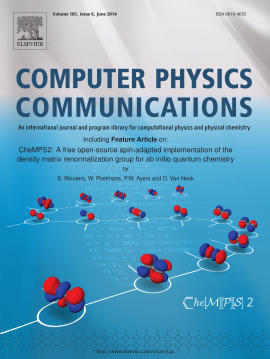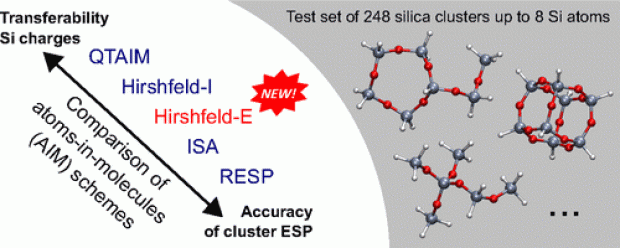Assessing The Accuracy Of New Geminal-Based Approaches
Abstract
We present a systematic theoretical study on the dissociation of diatomic molecules and their spectroscopic constants using our recently presented geminal-based wave function ansätze. Specifically, the performance of the antisymmetric product of rank two geminals (APr2G), the antisymmetric product of 1-reference-orbital geminals (AP1roG) and its orbital-optimized variant (OO-AP1roG) are assessed against standard quantum chemistry methods. Our study indicates that these new geminal-based approaches provide a cheap, robust, and accurate alternative for the description of bond-breaking processes in closed-shell systems requiring only mean-field-like computational cost. In particular, the spectroscopic constants obtained from OO-AP1roG are in very good agreement with reference theoretical and experimental data.


 Open Access version available at
Open Access version available at 